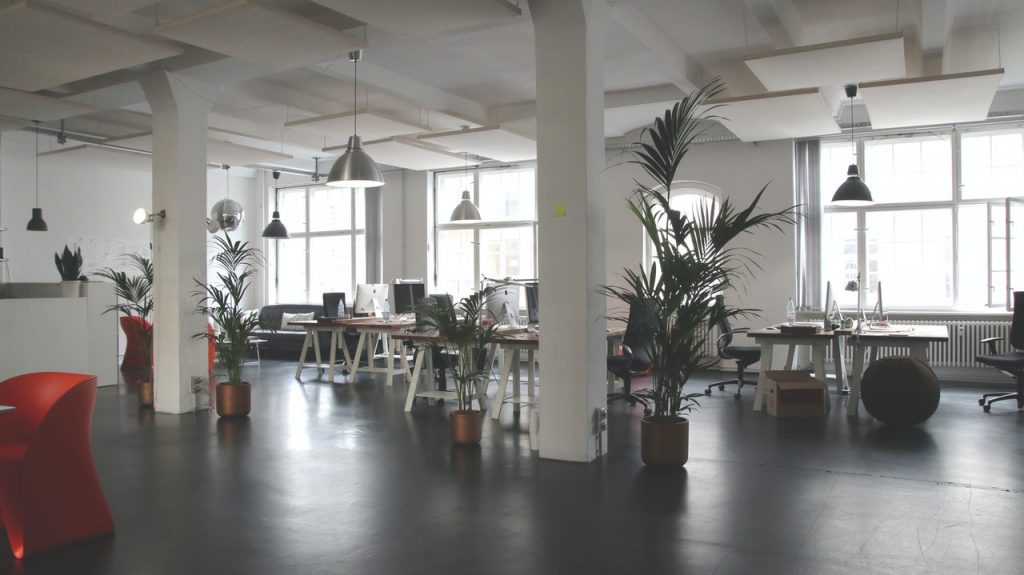Suspended ceilings are secondary ceilings suspended from a structural floor slab above producing a space between the bottom of the floor slab and the top of the suspended ceiling.
They can be useful as they offer valuable space for building utilities that would otherwise be exposed. A suspended ceiling can be used to distribute plumbing and wiring services as well as provide a platform for the installation of things like light fixtures, CCTV systems, smoke and carbon monoxide detectors, and other items.
These suspended ceilings can be made of many different materials so we here at Wessex Interiors set out 5 different types of suspended ceiling in the blog below!
1) Lath and Plaster
One of the oldest and most traditional varieties of suspended ceilings is lath and plaster. This permanent form of construction provides a high level of sturdiness as well as a lengthy lifespan. It can also have some artistic elements in the form of shapes, features, and other arrangements. It is, however, one of the more costly installation options.
2) Plasterboard
Plasterboard (also known as drywall) is a typical material used in both commercial and residential structures for suspended ceilings. It’s moderately durable and affordable, and it gives off a flat appearance. Removable panels can be installed to gain access to the plenum space.
3) Tiles or Panels
Ceiling tiles are lightweight, demountable items that are very inexpensive and straightforward to install. Mineral fibre ceiling tiles are the most common, but other materials such as fibreglass, metal, wood, plastic, and others are also available. The tiles, which are laid in an aluminium grid to give some thermal insulation, are usually created to enhance the room’s appearance and acoustics. They’re popular in commercial, residential, and industrial settings.
4) Free Span
The planks of a free span suspended system sit on the margins of a perimeter trim, similar to tiles. This technology is popular in corridors since it is simple to install and upkeep. It’s usually portable and makes the area above easily accessible.
5) Aluminium
The properties of aluminium suspended ceilings allow them to reflect light. This makes them ideal for huge places that demand more light (such as industrial buildings or other large business spaces), as well as modest rooms that benefit from the illusion of more space (such as compact apartments). Grid suspension systems may be built for rooms of various shapes and sizes, and this robust material is very easy to maintain.
Contact Us
If you would like to explore the possibility of installing a suspended ceiling, please reach out to us here at Wessex Interiors Limited. We have decades of industry experience between us, so we will definitely be able to help you achieve something that is right for your space. Please call us on 02380 663 100 or fill out our simple contact form to find out more.
